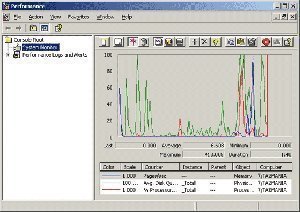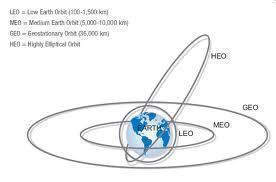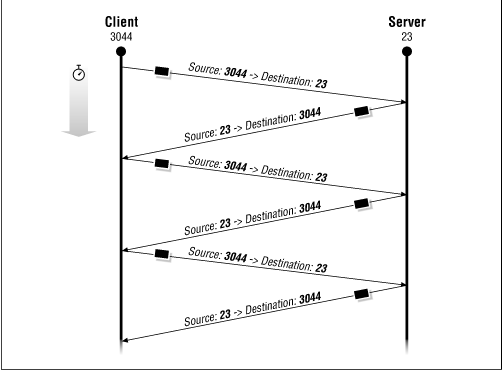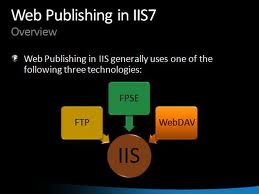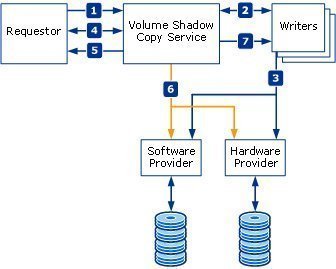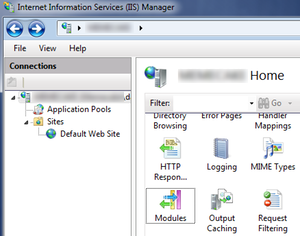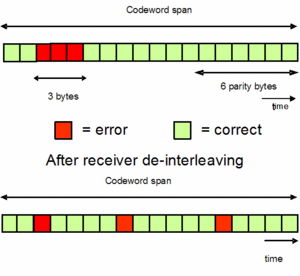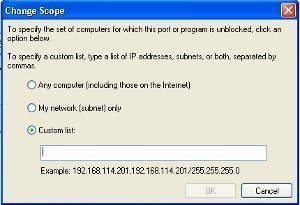SSL and IIS
An Overview on Secure Sockets Layer (SSL) With IIS, you can further secure websites by using the Secure Sockets Layer (SSL) encryption technology. SSL was developed by Netscape Communications, and enables secure communication over the Internet. SSL operates at the transport layer of Transmission Control Protocol/Internet Protocol (TCP/IP) protocol suite, and uses public key cryptography …


